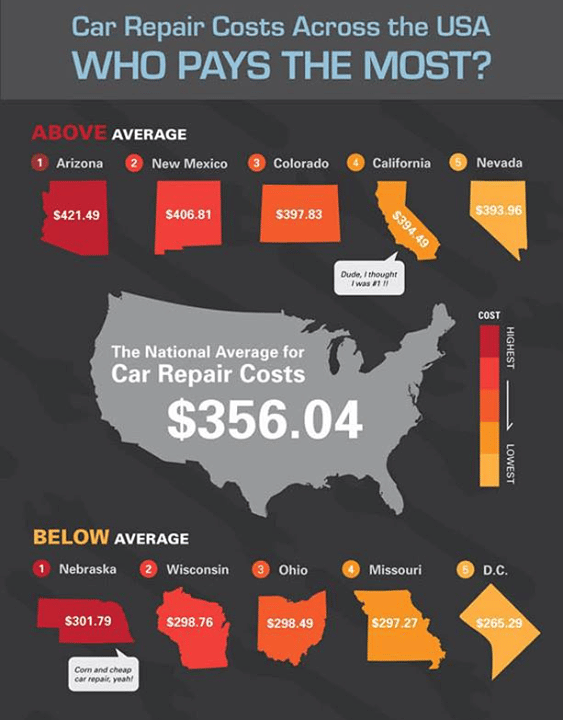Eager To Recognize What The Dashboard Warning Lights In Your Cars And Truck Represent? Explore Their Significances For The Well-Being And Security Of Your Automobile
Eager To Recognize What The Dashboard Warning Lights In Your Cars And Truck Represent? Explore Their Significances For The Well-Being And Security Of Your Automobile
Blog Article
Writer-Lim Dalgaard
When you're behind the wheel, those beautiful warning lights on your control panel can be a bit difficult. Do you understand what they're trying to tell you regarding your car's wellness? Recognizing car interior cleaning of these lights is essential for your security and the durability of your car. So, the following time among those lights appears, wouldn't you intend to decode its message precisely and take the required steps to resolve it?
Common Caution Lighting and Interpretations
Determine typical warning lights in your car and understand their meanings to make sure risk-free driving.
https://sergiopjfzt.blog-a-story.com/10092264/eager-to-study-vehicle-detailing-materials-find-out-which-devices-are-crucial-and-gather-expert-understandings-to-improve-your-describing-effectiveness-as-a-beginner of the most regular warning lights include the check engine light, which indicates concerns with the engine or discharges system. If this light comes on, it's crucial to have your car examined immediately.
The oil pressure advising light indicates low oil stress, calling for immediate interest to stop engine damage.
A blinking battery light may recommend a faulty billing system, potentially leaving you stranded otherwise dealt with.
The tire pressure tracking system (TPMS) light notifies you to low tire pressure, affecting car security and fuel efficiency. Disregarding this could cause hazardous driving problems.
The abdominal light indicates a problem with the anti-lock braking system, endangering your capability to quit quickly in emergencies.
Last but not least, the coolant temperature cautioning light warns of engine getting too hot, which can result in serious damages if not solved swiftly.
Comprehending these usual warning lights will certainly help you attend to concerns without delay and maintain risk-free driving problems.
Importance of Prompt Attention
Understanding the usual caution lights in your vehicle is just the very first step; the relevance of quickly addressing these cautions can not be stressed sufficient to guarantee your security on the road.
When a caution light illuminates on your control panel, it's your vehicle's means of connecting a possible concern that needs focus. Ignoring these warnings can bring about a lot more extreme problems in the future, jeopardizing your security and potentially costing you much more out of commission.
Motivate attention to cautioning lights can stop malfunctions and crashes. For instance, a blinking check engine light can indicate a misfire that, if left neglected, can trigger damages to the catalytic converter. Resolving this without delay can conserve you from a costly repair.
Likewise, a brake system warning light could indicate low brake fluid or worn brake pads, essential elements for your security when driving.
Do It Yourself Troubleshooting Tips
If you discover a warning light on your control panel, there are a few do it yourself troubleshooting tips you can attempt prior to looking for specialist assistance.
The primary step is to consult your car's guidebook to understand what the details warning light indicates. Occasionally the problem can be as simple as a loosened gas cap setting off the check engine light. Tightening up the gas cap might resolve the trouble.
An additional common concern is a low battery, which can trigger various alerting lights. Examining the battery connections for corrosion and guaranteeing they're secure could fix the problem.
If a warning light continues, you can try resetting it by detaching the vehicle's battery for a couple of mins and then reconnecting it. Furthermore, inspecting your car's fluid levels, such as oil, coolant, and brake fluid, can help fix advising lights related to these systems.
Final thought
In conclusion, understanding your cars and truck's caution lights is necessary for maintaining your lorry running smoothly and securely. By quickly resolving these notifies and recognizing what they suggest, you can stay clear of pricey repair services and possible failures.
Bear in mind to consult your cars and truck's manual for certain information on each warning light and act as necessary to ensure a hassle-free driving experience.
Keep notified, stay safe when traveling!
